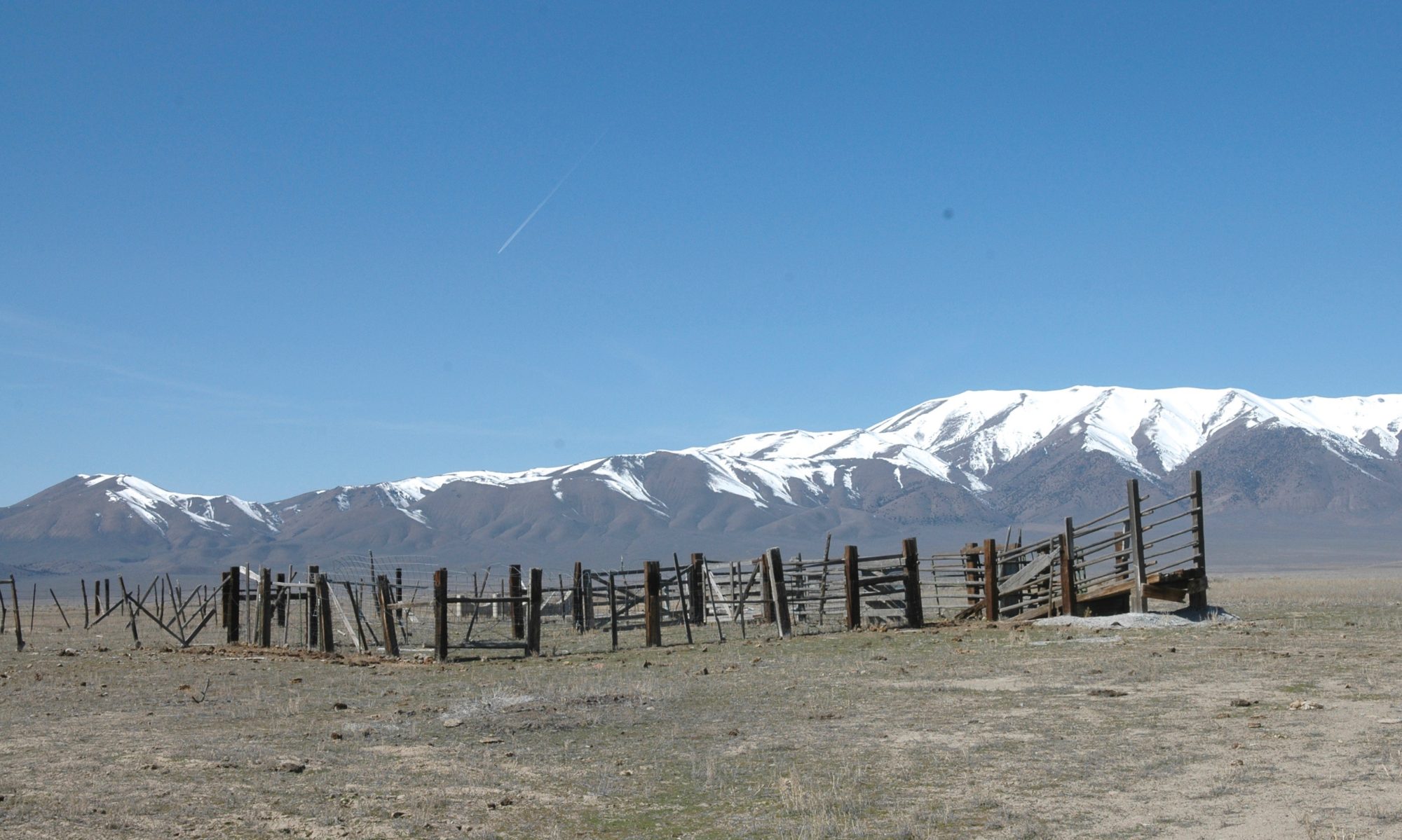The hierarchy of Township Range is a system used to identify and locate specific areas of land within the Public Land Survey System (PLSS) in the United States. The PLSS was established by the U.S. government in the late 1700s to survey and divide public lands in the western states into a grid-like pattern.
Under this system, land is divided into six-mile square townships, which are further divided into 36 one-mile square sections. Each township is identified by its position relative to two principal meridians (north-south lines) and a base line (east-west line). The meridians and base line serve as reference points for identifying the location of townships.
The Township Range hierarchy is as follows:
- Principal Meridian: A north-south line that serves as the reference point for identifying the location of townships.
- Base Line: An east-west line that serves as another reference point for identifying the location of townships.
- Range: The distance between a principal meridian and a range line. Ranges are typically six miles wide and run north-south.
- Township: A six-mile square area of land that is located within the intersection of a principal meridian and a base line. Each township is further divided into 36 one-mile square sections.
- Section: A one-mile square area of land within a township. Sections are numbered from 1 to 36, starting in the northeast corner and moving west to east and then south to north.
| 6 | 5 | 4 | 3 | 2 | 1 |
| 7 | 8 | 9 | 10 | 11 | 12 |
| 18 | 17 | 16 | 15 | 14 | 13 |
| 19 | 20 | 21 | 22 | 23 | 24 |
| 30 | 29 | 28 | 27 | 26 | 25 |
| 31 | 32 | 33 | 34 | 35 | 36 |
Sections can be divided into quarter sections of 160 acres , named by intercardinal direction (northwest, northeast, etc.). For instance, the southwest quarter of a section is named SW 1/4
Section 20
| NW | NE |
| SW | SE |
Sections can be further broken up into 40-acre (16 ha) blocks, or quarter-quarter sections. These add a second intercardinal direction label.
Section 20 NW 1/4
| NWNW | NENW | NWNE | NENE |
| SWNW | SENW | SWNE | SENE |
| NWSW | NESW | NWSE | NESE |
| SWSW | SESW | SWSE | SESE |
For instance, the southeast quarter of the northwest quarter section mentioned above is labeled SE 1/4, NW 1/4
The Township Range system is widely used by government agencies, surveyors, and other organizations to identify and locate specific areas of land within the PLSS. It is also used in legal descriptions of land ownership and in property records.
T26N R38E – Seven Devils, Little McCoy
T26N R41E – under construction
T26N R42E – under construction
T27N R41E – Daisy, Cow Creek, Cottonwood
T27N R42E – under construction
T28N R39E -ETCHEGOYHEN, ALLARD RANCH
T28N R40E – Jersey Summit/Esparza
T29N R39E – Cottonwood, Bushee creek
T29N R40E – Buffalo Ranch, Anderson
